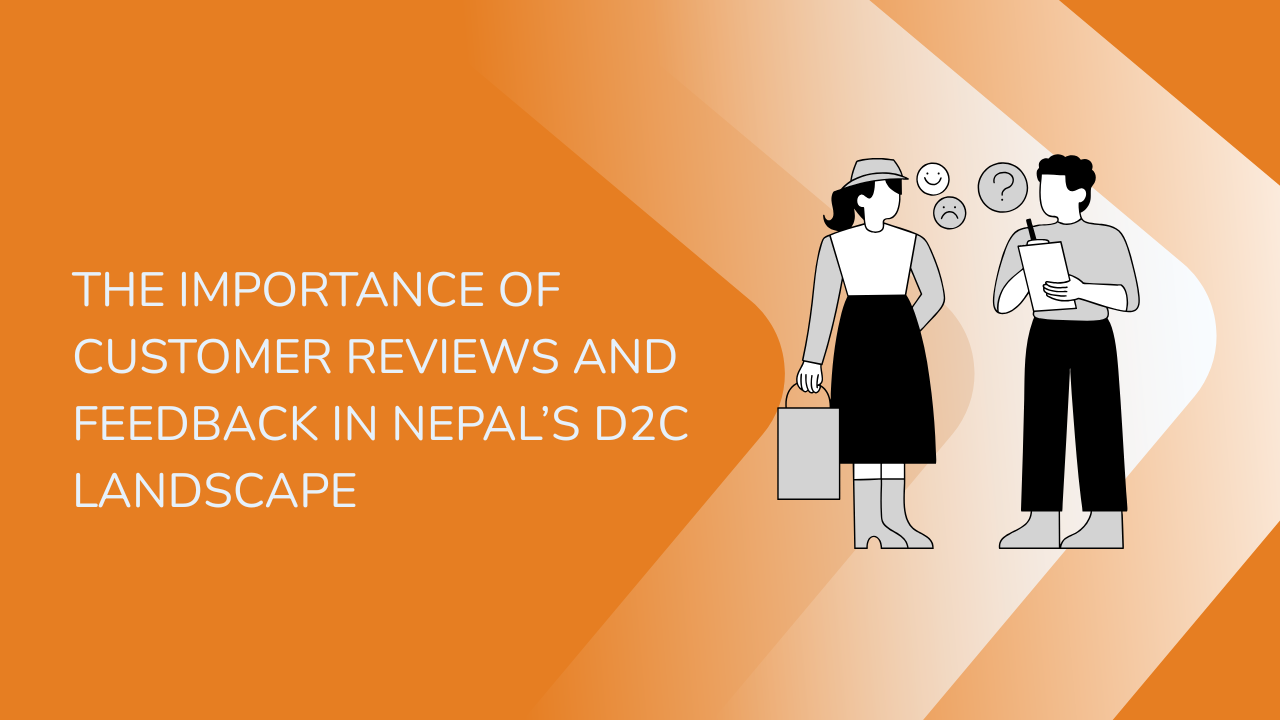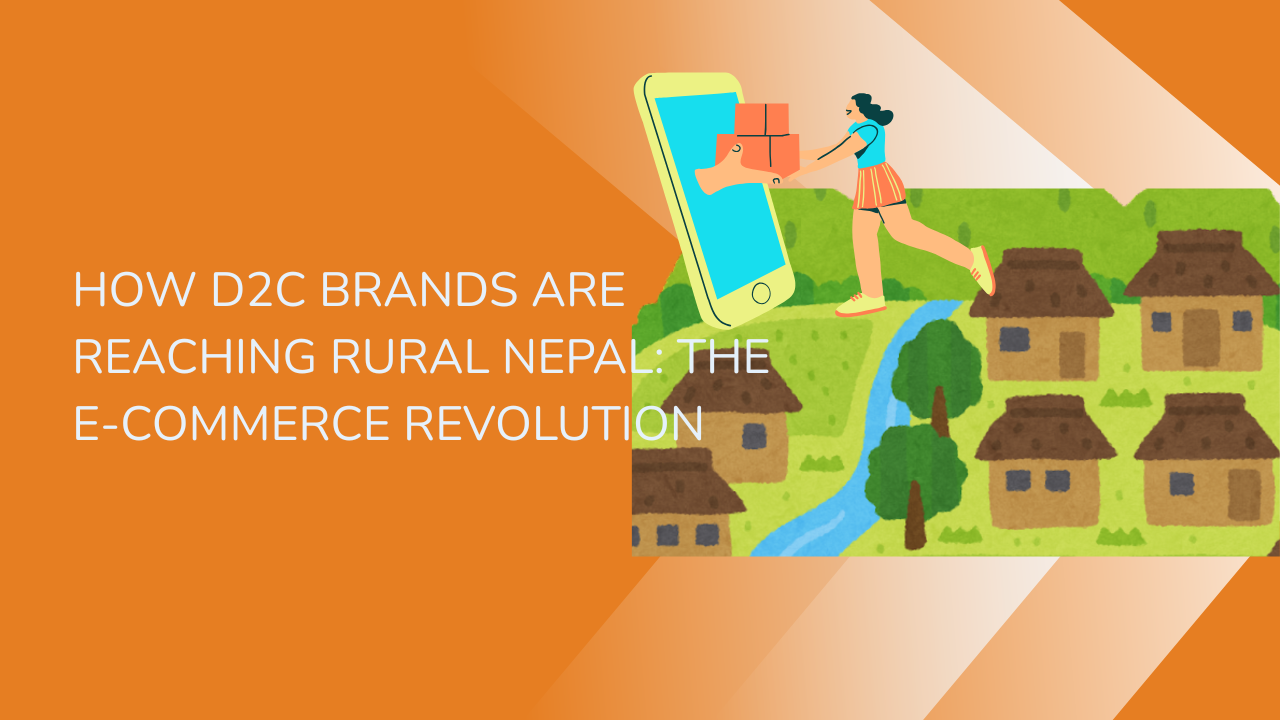Share this Article
When building an e-commerce platform in Nepal, businesses must make a key decision: should they prioritize a mobile platform, a web-based platform, or perhaps a combination of both? This choice depends on various factors, such as customer behavior, technological access, and business goals. Let’s dive deeper into the strengths and limitations of both mobile and web platforms to help determine which one works best for the growing e-commerce market in Nepal.
Mobile Platforms: The Future of E-Commerce in Nepal
In Nepal, mobile devices are rapidly becoming the primary tool for internet access, significantly influencing the landscape of e-commerce. With an increasing number of smartphones and affordable data plans, mobile platforms present a powerful opportunity for e-commerce businesses to engage with customers. Here’s why a mobile platform might be the best fit for e-commerce in Nepal:
1. High Mobile Penetration and Accessibility
Mobile phones are now ubiquitous in Nepal, with a large segment of the population owning smartphones. The accessibility of low-cost devices and affordable data plans has made mobile internet the preferred choice for many Nepali consumers. The number of mobile internet users continues to rise, particularly in urban areas. With this shift, mobile apps or mobile-optimized websites provide a more direct and efficient way for businesses to reach customers.
2. Convenience and On-the-Go Shopping
Nepali consumers are increasingly drawn to the convenience of mobile shopping. Whether on public transport, at home, or in between activities, mobile platforms allow customers to browse products, make purchases, and track their orders anytime, anywhere. Push notifications are another powerful tool for businesses, enabling them to engage customers with real-time updates on discounts, new products, and promotions.
3. Seamless Payment Integration with Mobile Wallets
Mobile wallets such as Khalti, eSewa, and IME Pay are growing in popularity across Nepal. Integrating these payment solutions into a mobile app streamlines the payment process, offering a smooth, frictionless experience for users. These wallets are optimized for mobile use, providing faster transactions compared to web platforms, where customers might need to manually input payment details or face slower processes.
4. Enhanced Personalization Through Data
Mobile platforms allow businesses to gather valuable data on user behavior, which can be analyzed to create a personalized shopping experience. By leveraging this data, e-commerce businesses can offer targeted discounts, product recommendations, or tailored offers directly to users’ phones. Mobile apps tend to have a deeper level of personalization, as they enable businesses to track more granular interactions, providing insights into customers’ preferences.
5. The Growing Trend of Mobile-Only Users
A significant portion of Nepal’s internet users are mobile-only, meaning they exclusively access the web through smartphones. This demographic is especially relevant for businesses targeting younger, tech-savvy consumers who rely on their phones for all online activities. By focusing on mobile-first strategies, businesses can ensure they cater to this mobile-first audience.
Web Platforms: The Traditional E-Commerce Solution
While mobile platforms are rapidly gaining popularity, web-based e-commerce platforms continue to have their place, especially for businesses aiming to reach a broader audience. Here’s why a web-based platform might still be a valuable choice for e-commerce in Nepal:
1. Larger Screen and Richer User Experience
Web platforms offer a larger screen size, which can enhance the shopping experience, particularly for businesses that sell intricate or high-ticket products. The ability to display high-resolution images, detailed product descriptions, and reviews is often more effective on a larger screen. Web platforms provide a more immersive experience for customers who prefer browsing on desktops or laptops.
2. Easier for Businesses to Develop and Maintain
Developing and maintaining a responsive website tends to be easier and more cost-effective than developing a mobile app. A website can be accessed on any device with an internet connection, meaning it works across desktops, tablets, and smartphones. Mobile apps, on the other hand, require separate development for iOS and Android, which can be more expensive and time-consuming. Additionally, websites eliminate the need for users to download and install apps, which can sometimes deter customers.
3. SEO and Greater Reach
One of the greatest advantages of a web platform is the ability to rank in search engine results, making it easier for businesses to attract organic traffic. Many Nepali consumers begin their shopping journey by searching online, and a well-optimized website can help businesses increase visibility. The SEO potential of web platforms allows businesses to target a broader audience, including those who may not be as active on mobile.
4. Multi-Device Accessibility
Websites can be accessed across any internet-enabled device, providing flexibility for customers. Whether they use a smartphone, tablet, or desktop, customers can seamlessly browse and shop. This is especially beneficial in rural areas of Nepal, where mobile internet access may be limited or unstable, ensuring that businesses can still reach their target market through various devices.
5. Lower Initial Development Costs
While mobile apps have long-term benefits, they often come with higher upfront costs for development and maintenance. A website is generally more affordable to develop initially and easier to maintain, particularly for smaller businesses with limited budgets. Additionally, ongoing maintenance for a website is typically less expensive than managing a mobile app.
Which Platform Works Best for E-Commerce in Nepal?
Choosing between mobile and web platforms depends largely on the target audience and the specific goals of your business. Here’s a breakdown of which platform might be best suited for different types of businesses:
- Mobile platforms are perfect for businesses targeting younger, mobile-savvy consumers who prefer shopping on their smartphones. Mobile apps provide a more engaging experience, with greater integration with mobile wallets like Khalti and eSewa, making payments faster and more seamless. If your audience predominantly uses smartphones and mobile internet, a mobile-optimized website or app can help increase conversion rates and customer loyalty.
- Web platforms, on the other hand, are ideal for businesses looking to provide a rich, immersive shopping experience, especially for more complex products that benefit from detailed images and descriptions. Websites also offer stronger SEO opportunities and can reach a wider audience, including those who may not own smartphones or prefer browsing on larger screens.
Conclusion
In Nepal, a mobile-first approach is increasingly becoming the optimal strategy for e-commerce due to the widespread use of mobile internet and mobile wallets. However, a web-based platform is still valuable for businesses that want to reach a larger, diverse customer base or those that prioritize a richer browsing experience. Many successful e-commerce businesses in Nepal use a hybrid approach, combining both mobile and web platforms to ensure they cater to different customer preferences.
By understanding the unique advantages of mobile and web platforms, businesses can craft a strategy that aligns with their goals and customer needs, ensuring they remain competitive in Nepal’s dynamic e-commerce market.
Categories:
Platform Comparisons
Tags:
E-commerce
,
Mobile Platforms
,
Web







